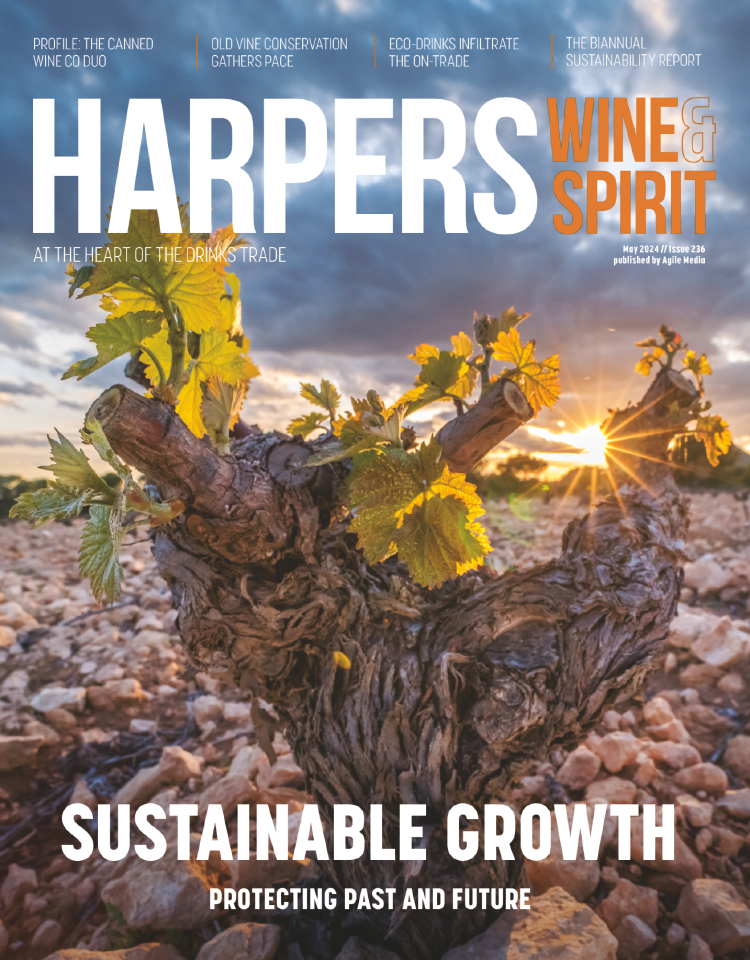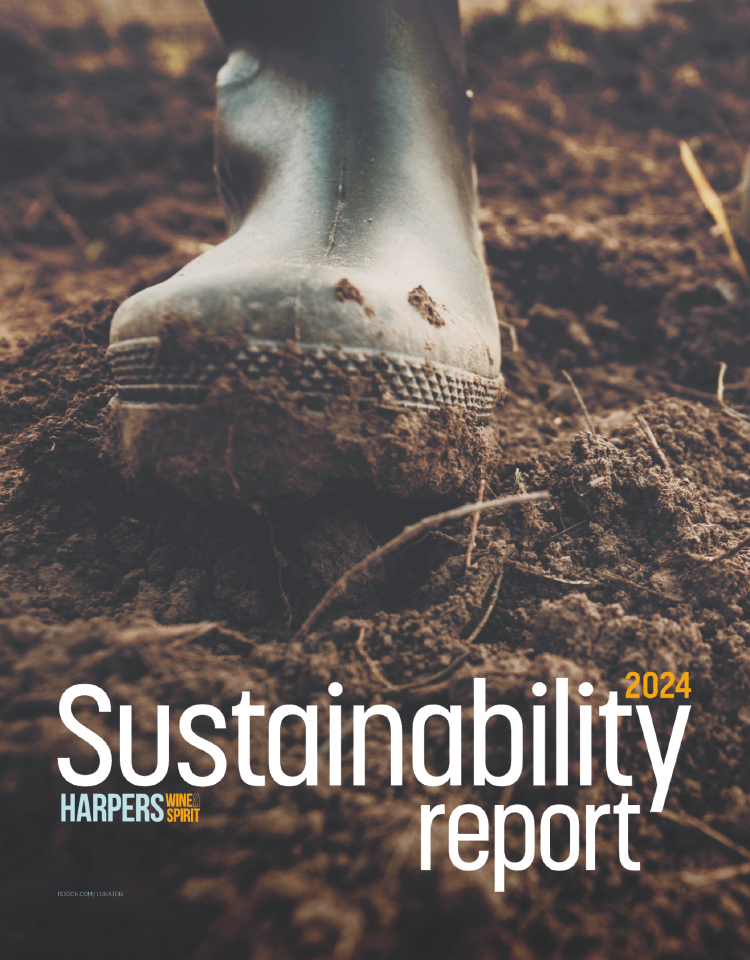
Japan prepares to take on the world at second Wines of Japan tasting
As Japan continues to make waves in whisky, pushing outwards with its own distinctive style and winning awards left, right and centre, wine is poised to follow suit. Harpers joined Sarah Abbott MW at a recent Wines of Japan tasting – the follow-up to the inaugural UK event in February this year. We discovered a country ready to build on the newly signed free trade deal with Europe and take on the wine world.
Whisky and food – those are the two categories that spring to mind when it comes to Japan.
At least, in the food and drink world. Martial arts, films, the fantastically strange novels of author Haruki Murakami, and the even stranger world of Anime, is a different story.
But it’s true there is a huge appreciation of Japanese culture in the UK at the moment. Japan has some of the best fine dining in the world and as Sarah Abbott MW pointed out at the recent Wines of Japan tasting, Tokyo has the most Michelin-starred restaurants globally.
Japan's top notch gastronomy has undoubtedly spilled over into places like London, with staples Nizuni in Fitzrovia, Sexy Fish and Mei Ume at Four Seasons Trinity Square to name a few.
Also worth noting is Gordon Ramsay’s sushi and grill restaurant, which has recently re-opened as a purely Asian fusion restaurant, while the refurbished Annabel’s has similarly included an Asian inspired restaurant.
Lesser known however, is its wine.
Sake is now slowly appearing on lists and pairing menus in non-Asian inspired restaurants.
But despite only exporting a tiny amount, wine made from grapes has a long history in Japan.
Its major white grape, Koshu, travelled along the Silk Road a millennium ago, and settled in the Yamanashi prefecture at the foot of Mount Fuji.
But it’s only in the past 14 years, since government deregulation in 2004, that the way has been paved for a flourishing of smaller, more artisanal producers which are now reaching maturity, gathering excitement about the country as they look to export to the wider world.
“Prior to this change, wineries had to commit to a minimum level of production in order to be issued with a license to produce,” Abbott explained. “After the change, the minimum quantity was reduced, allowing and encouraging boutique wineries to set up. This really stimulated the industry and made big producers take another look at their wines.
“Protection, artisanal production and premiumisation – that’s why wine is taking off now.”
These are wineries like Kusunoki Winery in Nagano, and Domaine Takahiko in Hokkaido, which is establishing itself as the Pinot Noir captial of Japan.
Then there are the more established, family owned estates, like Grace Wine and Katsunuma (both Yamanashi), where Hiro Aruga, son of Yuji Aruga, is pushing the envelope with terracotta aging and skin contact.
“Hiro understood the concern for keeping close to Koshu’s traditional roots, which is to avoid too much skin contact. But he said, ‘this is part of the grape’. He wanted to get a bit more extraction and more concentration,” Abbott said.

Wines of Japan tasting, October 2018
Recognition of Japanese wine is still tiny among the UK drinks community and even tinier among consumers.
Grace Wines are is currently being imported by Hallgarten, Lumière by Amathus and Katsunuma Wine Company by Japan Food Company (JFC), but other than that the wines are few and far between.
The new tasting is aiming to change that, however.
It is a collaboration with Japan Food Product Overseas Promotion Center (JFOODO) – a government organisation that continues to open a previously isolated country and its wines up to the wider world.
Further collaboration is on the cards with the new economic partnership with Japan and the EU, which both sides were in a hurry to rush through before Brexit.
The EU-Japan Economic Partnership Agreement (EPA), signed in July, is the biggest ever negotiated by the EU and will create an open trade zone between the two blocs.
This includes the mutual recognition of each other’s wine laws, for example, legalising each other bottle sizes - Sake (72cl) and wine (75cl).
It will also remove a 15% mark-up on wine through tariffs, which will largely apply to wine heading from the EU to Japan rather than vice versa.
However, Japan is believed to be eager to sign a trade deal with UK, hence the hurry to rush through the EPA, so it had more time to establish a deal with Britain duirng a transition period.
If all goes to plan, wine could follow whisky's lead.
Abbott thinks we will be hearing more Japan's winemakers: “This is a country where it can take 30 years to become a tea master. There’s so much precision and pride in the country’s culture and that has come across to the winemaking. There’s also more diversity of style than people realise. Quality is only going to get higher.”
Check back in tomorrow for part of 2, when we will be giving you a tour of Japan’s varieties and winemaking zones.
Keywords:
- wine
- UK
- EU
- Japan
- Brexit
- Japanese
- MW
- food
- Europe
- japan tasting
- economic partnership
- sarah abbott
- EPA
- Japanese wines
- katsunuma





